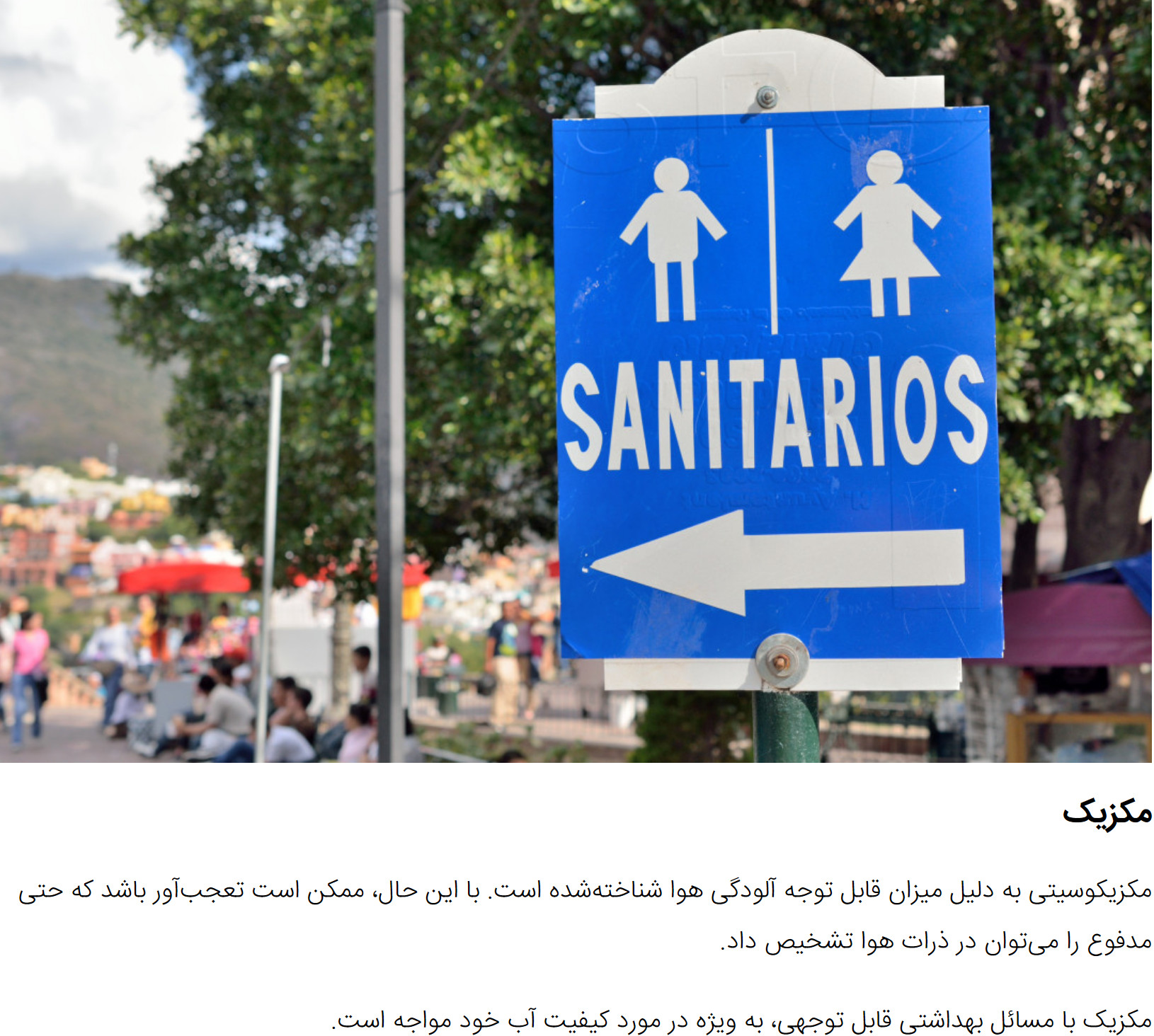Sanitation and Water Quality Issues in Mexico: Understanding the Challenges and Solutions
Mexico, a nation renowned for its rich cultural heritage, vibrant cities, and stunning natural landscapes, faces severe challenges when it comes to sanitation and water quality. Despite strides in economic development and modernization, Mexico’s water infrastructure remains deeply troubled, affecting both rural and urban populations. Sanitation problems and poor water quality are widespread, creating a ripple effect that impacts health, environmental sustainability, and economic productivity.
These sanitation issues are rooted in a mix of factors including rapid urbanization, aging infrastructure, pollution, economic inequality, and governance challenges. With over 126 million people living across Mexico’s diverse regions, access to safe drinking water and effective wastewater treatment is not guaranteed for many. While some urban centers enjoy modern water systems, millions of Mexicans, especially in rural and marginalized communities, struggle daily with contaminated water, insufficient sanitation facilities, and the threat of waterborne diseases.
In this comprehensive article, we will dive deep into the state of sanitation and water quality in Mexico, explore the causes and consequences of these issues, and highlight the efforts being made to tackle this crisis. Additionally, we’ll assess the impact of these challenges on public health, the environment, and the economy, and discuss the roadblocks that still hinder progress.

